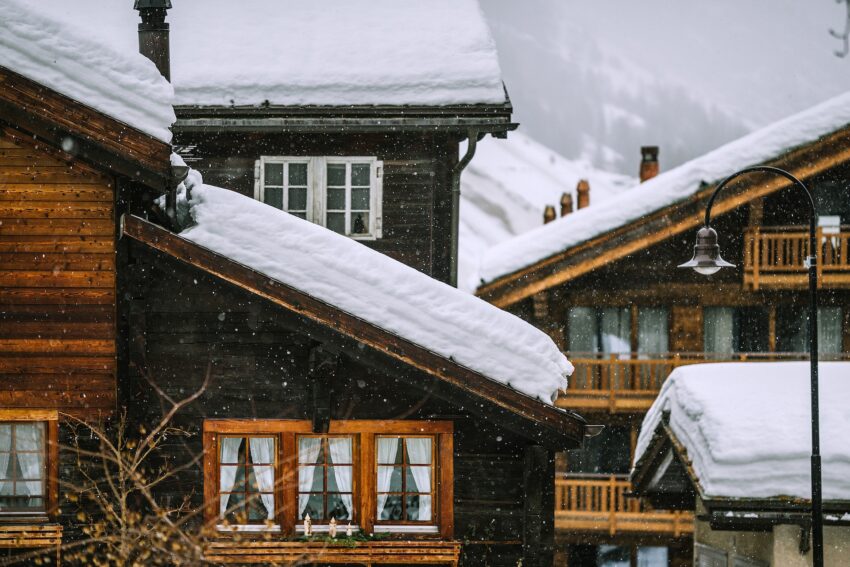Roof Snow Alarms and Snow Removal Plans are important to a facility’s maintenance program. They help reduce the risk of product damage, roof collapse, and employee injury. In addition, they help reduce the risk of catastrophic roof collapse. Here are a few benefits of a snow removal plan.
Plan Ahead
If you live in an area with heavy snowfall, roof snow alarms and snow removal plans are an excellent way to protect your building. These systems monitor the weight of snow on the roof and notify you when it is time to remove it. In addition, they allow you to plan for the next winter. These plans also have a formal “safe work plan,” which should incorporate OSHA fall protection guidelines.
Considering roof snow removal plans through roof snow load measurement can help reduce the risk of a roof collapse, product damage, and employee injury. In addition, snow removal plans can make it easier to access roofs and prevent accidents.
Consider Vulnerable Areas
When choosing a snow removal plan and roof snow alarm, consider areas prone to damage. For example, if a section of your roof is very steep, it may be vulnerable to a fall. Other areas where a fall can be harmful include roof access and edge fall protection. The right snow removal plan can help minimize the risk of a catastrophic collapse. It should be a part of a comprehensive facility maintenance plan.
While a properly designed roof will not collapse from a small amount of snow, a roof that is not adequately maintained or ventilated can experience significant damage. This could result from extreme weather conditions, poor roof maintenance, or improper drainage. It’s also possible that an older building was not built for adequate snow loads. In these cases, high snow loads may cause deflections in the structural supports of a building, which can damage the insides. The best way to avoid this problem is to monitor your roof’s condition and install a roof snow removal plan.
Reduce the Risk of Roof Collapse
Roofs regularly maintained are less likely to collapse from excessive snow and ice accumulation. However, when the snow is too heavy or builds up too fast, it can cause the entire structure to collapse, causing injuries and even deaths. Excessive snow and ice can also clog drainage systems, which can cause significant damage to buildings and property. If you’re concerned about roof collapse, consider the best ways to reduce the risk.
Snow removal plans should be part of an overall facility maintenance plan. These plans will reduce product damage, employee injury, and catastrophic roof collapse risks.
Avoid Heating Tools
When using roof snow alarms and snow removal plans, be sure to avoid using heating tools and electric tools. These devices can be dangerous because they can cause fires and flooding. Additionally, open flame devices are a safety hazard, and they can also cause a dangerous avalanche situation. In addition, they can damage your roof. If possible, you should clear snow from the roof in small portions.
Bid Out Project
If bidding out a roof snow alarm and snow removal plan project, you should prepare a detailed operational plan. This plan should identify who will do what, how to measure snow loads, the equipment used, and the sequence of tasks. In case of a roof snowfall, a snow removal plan can minimize the damage to a building or product and protect employees and property.
When bidding on a snow removal plan, you must consider several factors, including the area and market competition. You will also need to determine the base cost of the job so you can make a profit.


